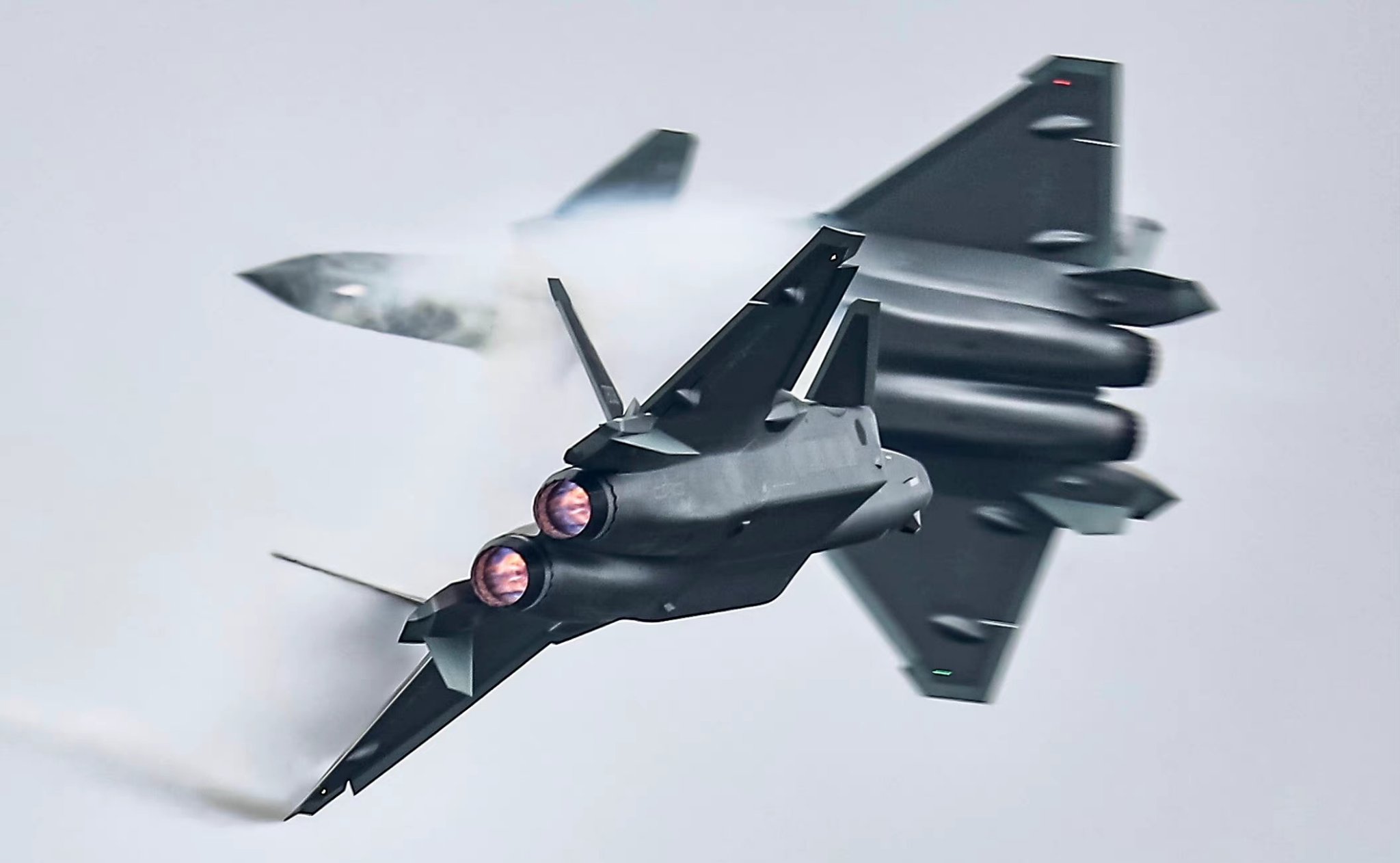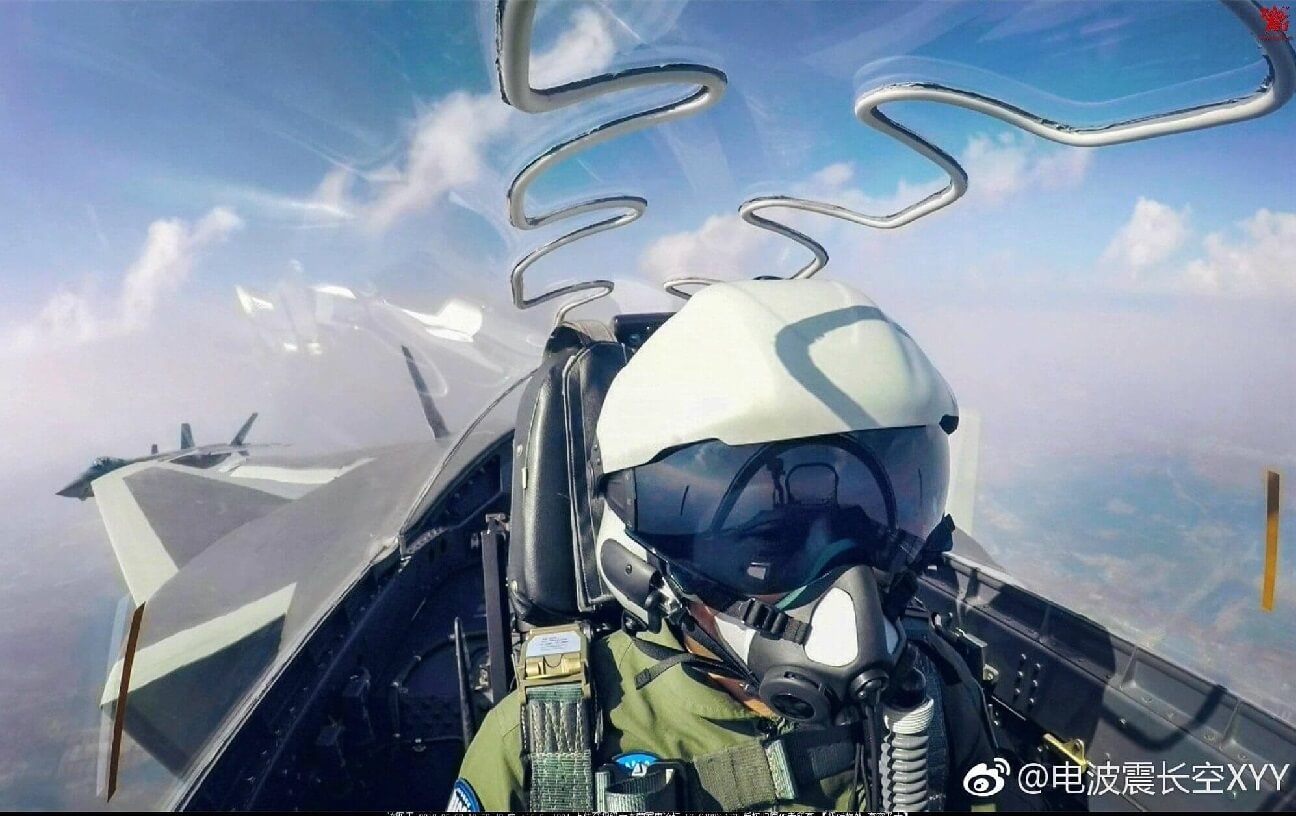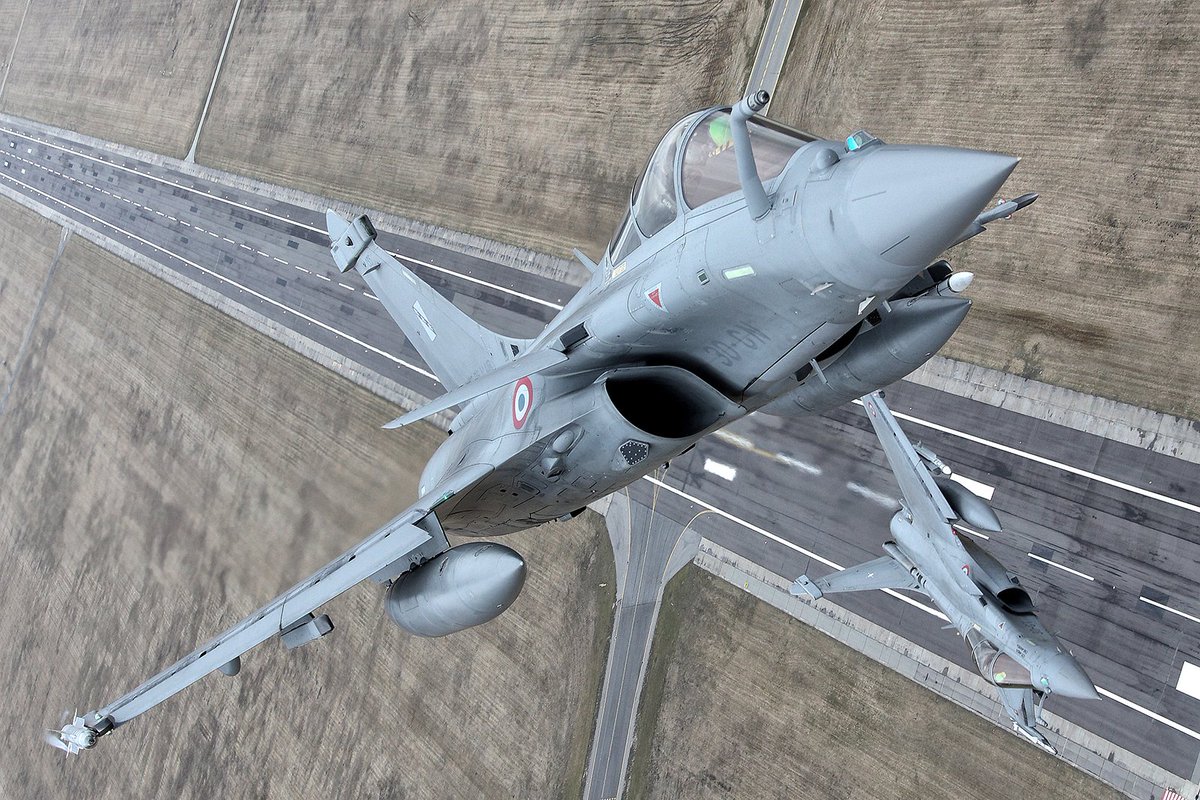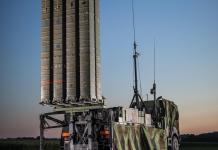Chengdu J-20 “Mighty Dragon,” the in-service Chinese 5th-generation stealth fighter aircraft, first flew in January 2011 and joined the PLA Air Force (PLAAF) in 2017. Around 230 have reportedly been built, and nearly 150 have joined the PLAAF in four Air Regiments.
China was the second country in the world and the first in Asia to field an operational stealth aircraft. The aircraft’s information is shrouded in mystery, as it is released selectively by the authoritarian government of a closed society.
Many analysts have questioned the stealth capability. It is most likely a 4.5-generation aircraft. The aircraft continues to be flown by a single air force and has yet to exercise abroad, let alone have any combat exposure.
In contrast, the Rafale is officially declared a 4.5-generation aircraft with frontal stealth. It is operated by half a dozen air forces and has seen live combat in five warzones.
If things get out of control between India and China, the J-20 could be pitted against the Rafale over the Himalayas. Thus, it is necessary to analyze and call a spade a spade.
J-20 Platform
The twin-engine J-20 is designed as an air-superiority fighter with precision strike capability. Initial development began in the late 1990s. The J-20 has a long and blended fuselage with a chiseled nose section, a frameless canopy, and double canards.
The Chengdu aircraft plant successfully used the double-canard configuration in the J-10. The J-20 has three variants: the initial production model J-20A, the thrust-vectoring J-20B, and the twin-seat teaming capable J-20S.
J-20S is the first-ever two-seat stealth fighter. The aircraft has diverterless supersonic inlet (DSI) intakes, stealth coating, and streamlined underwing fairings. The aft section has twin outward canted all-moving fins, short but deep ventral strakes, and conventional or low-observable engine exhausts. Multi-role operations are supported by integrated targeting pods for precision-guided munitions. The second crew in the two-seater will be Weapon Systems Operator (WSO), and may one day control “loyal wingmen”.
The J-20 avionics are meant to give high situational awareness through advanced sensor fusion. Very little has been revealed about the aircraft radar, but analysts believe it is an advanced variant of “KLJ-5” active electronically scanned array (AESA) radar with 2000–2200 transmit/receive modules.
The radar, along with the electro-optical/infrared targeting system and an advanced communications suite, can be data-linked with other aerial platforms. The six spherically located passive-optical tracking sensors are reportedly similar to the design concept of Lockheed Martin F-35’s avionic suite.
The aircraft has a modern glass cockpit and is fitted with a helmet-mounted display (HMD) system, which facilitates firing missiles at high off-bore-sight angles. The main internal weapon bay can house long-range air-to-air missiles (AAM) like PL-12, PL-15, and PL-21, and also precision-guided munitions.
A staggered arrangement of six PL-15s is possible with modified rail launchers under development. The two smaller lateral weapon bays behind the air inlets are intended for short-range AAMs (PL-10). There is no internal cannon. The aircraft also has external hard points for auxiliary fuel tanks to extend the ferrying range or weapons for a non-stealthy mission.
PLAAF has already positioned a few J-20s in all five theatre commands, and by 2026, each command will have at least one to two J-20 brigades. China has recently announced that the J-20 will be modified to carry nuclear weapons.
For long, the aircraft had a Russian engine. The more powerful Saturn AL-31FM2 was also a contender. The aircraft is now equipped with a new variant of WS-10C engines with serrated afterburner nozzles to enhance stealth.
Chinese engineers claim the Shenyang WS-15 engine with thrust vectoring is comparable in performance with the AL-31F. More recently, some prototypes have been flown with the engine. The engine has reportedly begun serial production and is the intended power plant with a thrust of 180 kN, which is crucial for supercruise and enhanced maneuverability.
J-20: Major Questions & Challenges
A lot that comes out of China on its weapons platforms is propaganda and information warfare to intimidate adversaries. The US military often uses this exaggerated information to seek greater funding from Congress.

China has indeed long depicted the J-20 as a competitor to America’s fifth-generation jets, the F-22 and F-35. The ground reality is that China rushed the platform to build numbers because of security challenges, while many systems are still under development.
Many have raised doubts about stealth because of the aircraft’s sharp contours and large-sized canard surfaces, which would compromise stealth. J-20 is a much larger aircraft, which adds to the radar signature and complicates stealth.
Stealth aircraft are also costly and maintenance-intensive. Even the West struggles with this aspect. In any case, the West accuses China of stealing American 5th-generation aircraft design data through cyber theft.
There have been serious developmental issues with WS-15. In 2015, one W-15 engine exploded, putting the quality control of its single-crystal turbine blades in question. The W-15’s single-crystal turbine blades have not been able to handle the high temperatures and maneuverability of the J-20.
There are questions about whether aircraft engines produce enough thrust for super-cruise. Chinese aircraft engines have mostly been reverse-engineered from Russian engines, which are poorly designed to conceal both radar and IR signatures. The WS-15 remains behind schedule, and reliability, longevity, and maintainability will remain an issue.
The performance of the J-20 AESA and electronic warfare suite is also in question. China clearly lags far behind the West in avionics. The J-20’s credentials of being a fifth-generation fighter jet are still open to interpretation.
The number actually built and inducted is also being questioned, and it seems highly exaggerated. Also in question is such a high production rate. PLAAF claims to be inducting one brigade of fighters every six months.
They claim to have built 40 to 50 airframes in 2022 and around 100 in 2023, all without export orders. At this rate, the J-20’s total PLAAF fleet could reach 1,000 airframes by the early 2030s.
While the West feels that the J-20 is basically optimized for anti-access/area denial (A2/AD) engagements, the Chinese continue to describe it as an air-superiority fighter meant to engage other fighters and equate it with the F-35.
Americans believe that they will not “lose sleep about the J-20,” as the United States is already developing sixth-generation fighter technologies.
J-20 External Sales & Combat Exposure
To date, J-20 has had no external sales. Chinese experts claim it does not plan to sell the ‘Mighty Dragons’ just like the F-22.

Even Pakistan, a very close ally, has no interest in the very large J-20 and is more inclined towards the smaller J-31 or Turkish “Kaan” fighter. No other country has shown interest. Everyone is still waiting to see China get over its continuing teething problems. The aircraft is also likely to be very costly.
The aircraft has still to be taken abroad for an airshow. If China was keen to sell the aircraft, it would showcase it. Or perhaps they do not want to expose their weaknesses.
Pilot availability and training have also been an issue. The quality of training has been in question. Their training exposure has also been very low, having not exercised with any foreign air forces. Chinese state-controlled media keeps harping about J-20’s success against F-35 and Rafale in simulated combat exercises.
Despite claiming to have inducted 150 aircraft and planning for 400 by 2027, PLAAF has restricted operations to internal exercises only.
Besides the Chinese state media Global Times touting J-20 participation in many exercises, the aircraft has not even been exposed to the Pakistan Air Force (PAF) in the “Shaheen” series exercises—not even in the September 2023 10th edition of the Shaheen exercise, which was held at Jiuquan, in China itself.
It shows underconfidence in both performance and maintainability.
Rafale Platform
Dassault Rafale is a multirole 4.5-generation French fighter that first flew in 1986 and joined the French Air and Space Force (FASF) in 2001. It has a carrier-based variant. Around 260 have been built, and more are on order.
The twin-engine canard delta wing is intended to perform air supremacy, interdiction, aerial reconnaissance, ground support, in-depth strike, anti-ship strike, and nuclear deterrence missions.
It is termed the “omnirole” aircraft because it can carry out more than one role in the same mission. The Rafale is distinct from many other fighters because it was almost entirely built by one country, involving most of France’s major defense contractors, such as Dassault, Thales, and Safran.
In France, the aircraft took on the roles earlier performed by the Jaguar, Mirage F1, Mirage 2000, F-8P Crusader, Étendard IV, and Super Étendard. The Rafale also operates with the air forces of India, Egypt, Qatar, Greece, Croatia, Indonesia, and the United Arab Emirates Air Force. It has seen combat in Afghanistan, Libya, Mali, Iraq, and Syria. The Indian Navy is the prospective buyer of the naval variant Rafale-M.
IAF Rafale aircraft are highly customized with some India-specific modifications. Essentially, they are of F3-plus standard. The Rafale’s glass cockpit was designed around the principle of data fusion, an integrated direct voice input (DVI) system, and is fully compatible with night vision goggles (NVG).
Aircraft has the RBE2 AA active electronically scanned array (AESA) radar and the frontal infra-red search and track (IRST) sensor. The integrated EW suite “SPECTRA”, protects the aircraft against airborne and ground threats, using detection, jamming, and decoying.
The aircraft has 14 external hard points, each capable of carrying 9,500 kg of external fuel and ordnance. The weapons include MBDA Meteor beyond-visual-range missiles, MICA IR and EM air-to-air missiles, and precision ground attacks typically using SCALP EG cruise missiles and AASM Hammer air-to-surface missiles.
The Rafale is powered by two Snecma M88 engines, each capable of providing up to 50 kN dry thrust and 75 kN (17,000 lbf) with afterburners. The M88 enables the Rafale to super-cruise while carrying four missiles and one drop tank.
The F3R standard is currently in place on French Rafale. Development of the F4 standard began in 2019. The standard improved onboard processing, external connectivity, MBDA’s MICA medium-range air-to-air missile, and upgrade of the Thales Spectra self-defense system.

The radar and sensor upgrades facilitate the detection of airborne stealth targets at long range. The FASF aircraft are planned to be will be upgraded to this standard. UAE is the first foreign customer of F4. The Rafale is planned to be the FASF’s primary combat aircraft until at least 2040. A “Super Rafale” variant F5 with cutting-edge capabilities is being developed.
Finally, the French armed forces will have around 234 Rafale.
Advantage India
The Rafale has front-hemisphere stealth, as does the J-20. Therefore, the J-20 currently has no 5th-generation advantage on that count.
Rafale’s AESA radar is world class, whereas little is known about the J-20 radar, which China never found worth advertising. Rafale’s aero-engine is tried and tested and has very good super-cruise performance and reliability, much better than the engines still evolving on the J-20. The SPECTRA EW suite is among the best of its class globally.
The Meteor BVR currently has the highest no-escape zone of any operational missile. The next stages of aircraft upgrade are already under testing. The French have chosen the Rafale F5 standard over the 5th-generation platform.
Rafale has significant operational combat experience. The Indian Rafale fleet regularly participates in air exercises with most major air forces worldwide. IAF aircrew have much greater exposure to integrated dissimilar air combat engagements and global reach missions.
Rafale’s maintainability is much better, with much more modern technical practices, as the IAF has experienced in the Mirage-2000 fleet. J-20 is clearly overrated as of now.
The IAF is well placed. India is Secure. But the IAF surely is short on fighter aircraft numbers. Rafale is a good aircraft. But many suggestions for procuring additional Rafale have yet to see the light of the day.
- Air Marshal Anil Chopra (Retired) is an Indian Air Force veteran fighter test pilot and is currently the Director-General of the Center for Air Power Studies in New Delhi. He has been decorated with gallantry and distinguished service medals while serving in the IAF for 40 years. He tweets @Chopsyturvey
- Follow EurAsian Times on Google News




